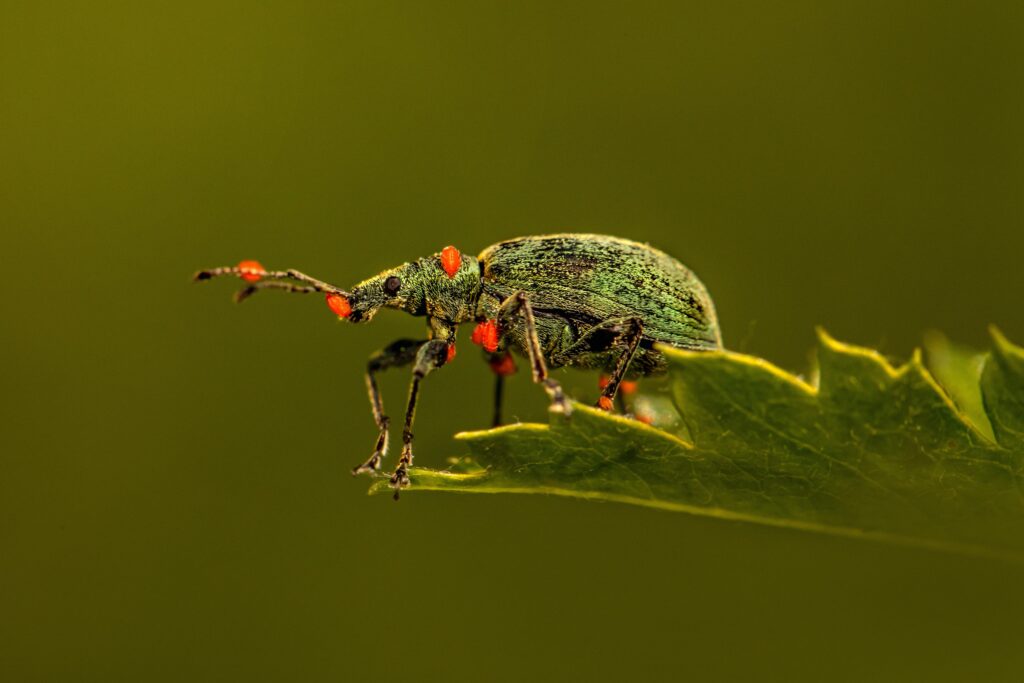Nature works in mysterious and complex ways; the more we uncover its secrets, the more we are in awe at the innate mechanisms that create and support life. Recently scientists from Denmark’s Aarhus University and Germany’s Christian-Albrechts University of Kiel discovered that beetles use a super lubricant more durable than Teflon to grease their knees.
Until recently, scientists have little understanding of how insects protect their joints from wear and tear and keep them lubricated. You should know that mammals and other vertebrates have enclosed joints, meaning they are always covered in a liquid lubricant that reduces friction and protects the bone surface from damage. But it’s not the case with insects. They have exoskeletons with joints outside their body open to the air. They need a constant supply of lubricant to keep their joints moving smoothly. But how insects keep their joints lubricated has remained a mystery until recently.
Beetles Lubricate their joints with ‘Teflon’ like compound
A group of researchers from the University of Denmark’s Aarhus University and Germany’s Christian-Albrechts University of Kiel took a deeper look at the knees of the darkling Beetle called Zophobas Morio. Under an electron microscope, they discovered pores around the area where the tibia and femur meet. These pores were oozing a waxy lubricating substance. As the beetle moves, the lubricant spreads across the joint, covering the surface.
Chemical analysis was done on the odd substance, and scientists found it to be made up of fatty acids and proteins. Interestingly, they also tested its friction-reducing ability. Researchers placed the substance between two glass surfaces and measured the force needed to slide one over another. The test revealed that the friction-reducing properties of the substance from Beetles are far superior to Teflon and even outperform vacuum grease.
Furthermore, the team also found that the substance is not exactly liquid but semi-solid. When it secretes out of the pores, it fragments quickly, which allows it to spread over a larger surface area and even seep down into small gaps.
Future Implications of this Beetle Lubricant Study
Scientists hope that the natural waxy substance found on the joints of Beetle could create a way to lubricate small prosthetics and micro-robots where traditional lubricant doesn’t work well. However, the team is not interested in farming the natural lube; instead, they are focusing on creating the synthetic alternative of the natural version.



